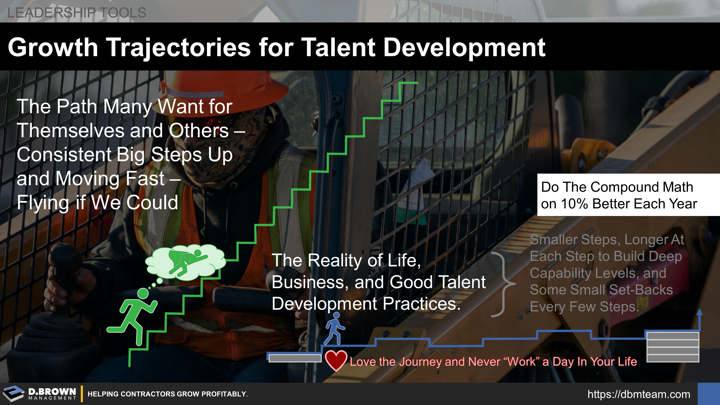El Capitan in Yosemite National Park is about 3,000 of nearly vertical granite. An elite of elite rock climbers like Alex Honnold can climb this without any additional support - "Free Solo".
Alex climbed the wall in just under 4 hours. By contrast, there are a couple hiking trails that range from 14 to 23 miles in length and all require about 4,500 to 5,000 foot of elevation gain taking 8-12 hours.
Think about job roles and career trajectories the same way. Though the fastest hiking trail requires about 50% more ups and downs in elevation and takes 2X as long, dozens of people each day safely navigate that trail to the top of the mountain. Alex is a VERY unique individual and didn't make this first-ever free solo ascent of the wall until June 2017.
If you want your life to be sustainable, it probably isn't a wise move to try to follow in Alex's hand and foot holds up the mountain. Unless, of course, you are in the top 0.001% of climbers.
If you want your career and business to be sustainable, focus on developing comfortable capabilities at each step along the way. The steps should be a bit longer than you probably want, much like zone 2 training for endurance. The longer steps give you more time to deliberately practice and build a strong foundation for future growth.
Embrace the inevitable small portions of time where you may be going downhill a little due to either the terrain or your current capabilities. The time spent here will allow you to rest and deliberately practice building a stronger foundation for the next part of the climb.
Do the math. An average of 10% improvement each year will yield dramatic improvements over ten years.
"If you want to become significantly better at anything, you have to fall in love with the process of doing it. Fall in love with boredom. Fall in love with repetition and practice. Fall in love with the process of what you do and let the results take care of themselves." - James Clear (Atomic Habits)
If you are struggling at a stage of growth, the design of your organizational structure and the people in those roles may need to be evaluated.
This applies to designing and building your career and life as well. If you love the journey, you are wealthier than most.

